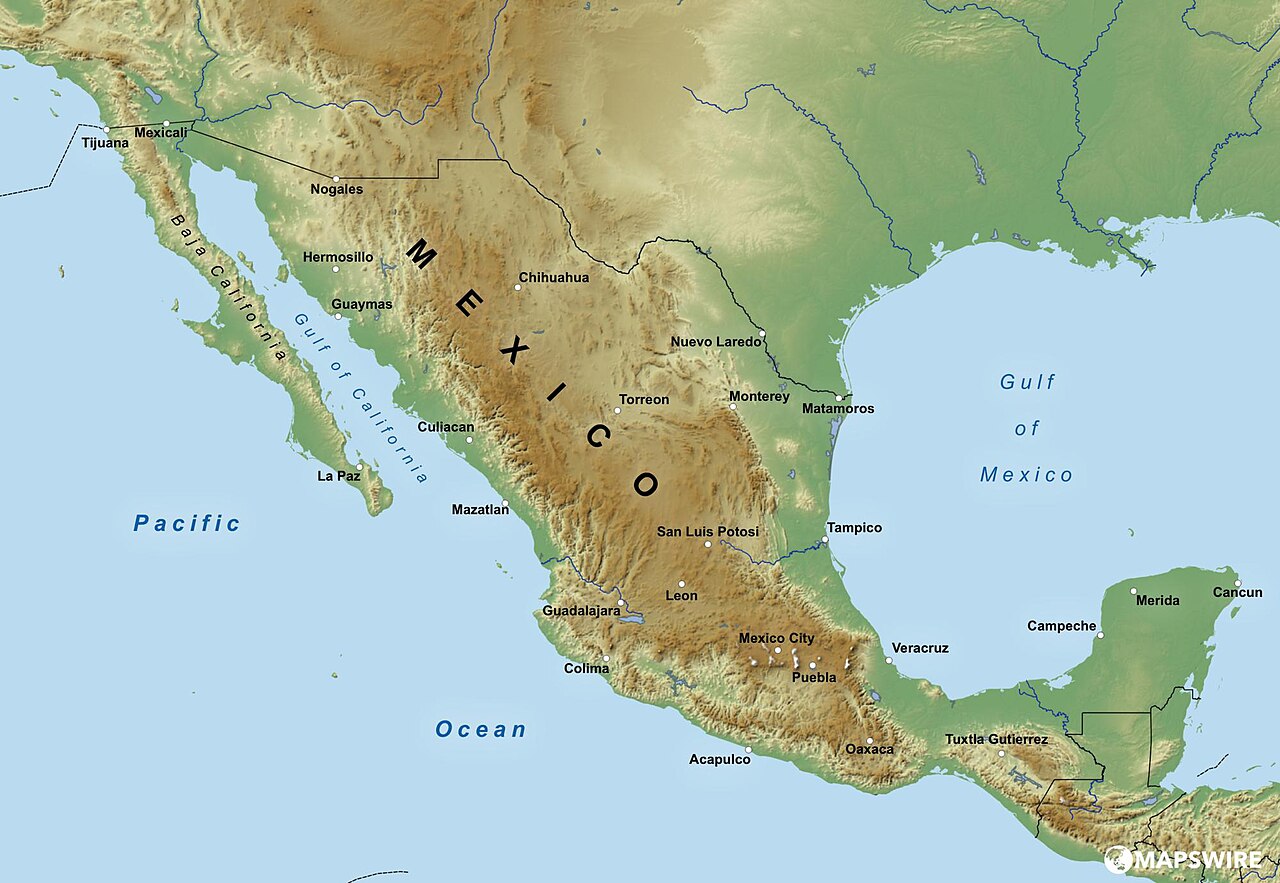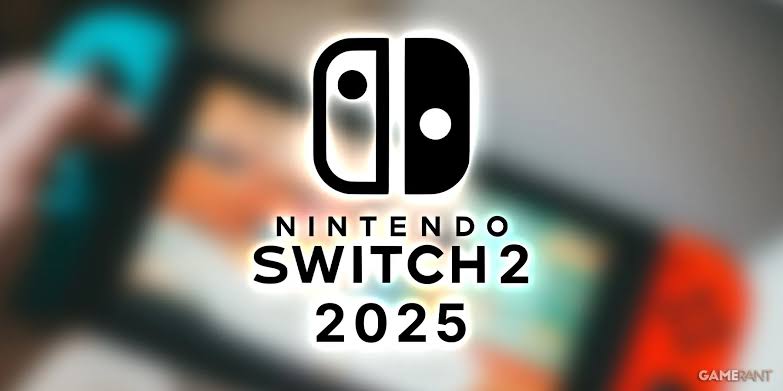In a move that has drawn significant international attention, Google Maps has officially changed the name of the Gulf of Mexico to the “Gulf of America,” following a controversial executive order signed by former President Donald Trump. The change, which reflects an ongoing shift in the United States’ approach to geographic names, has stirred tensions with Mexico, whose leaders dispute the legality of the move.
Trump’s Executive Orders: A Bold Geographic Rebranding
The renaming of the Gulf of Mexico was one of the first actions taken by Trump after signing a broad executive order aimed at altering several U.S. geographic landmarks. The order called for replacing certain names with terms that were deemed more reflective of American identity. The Gulf of Mexico, a body of water historically tied to the U.S., Mexico, and Cuba, was targeted for renaming, leading to the controversial rebranding of the region to “Gulf of America.”
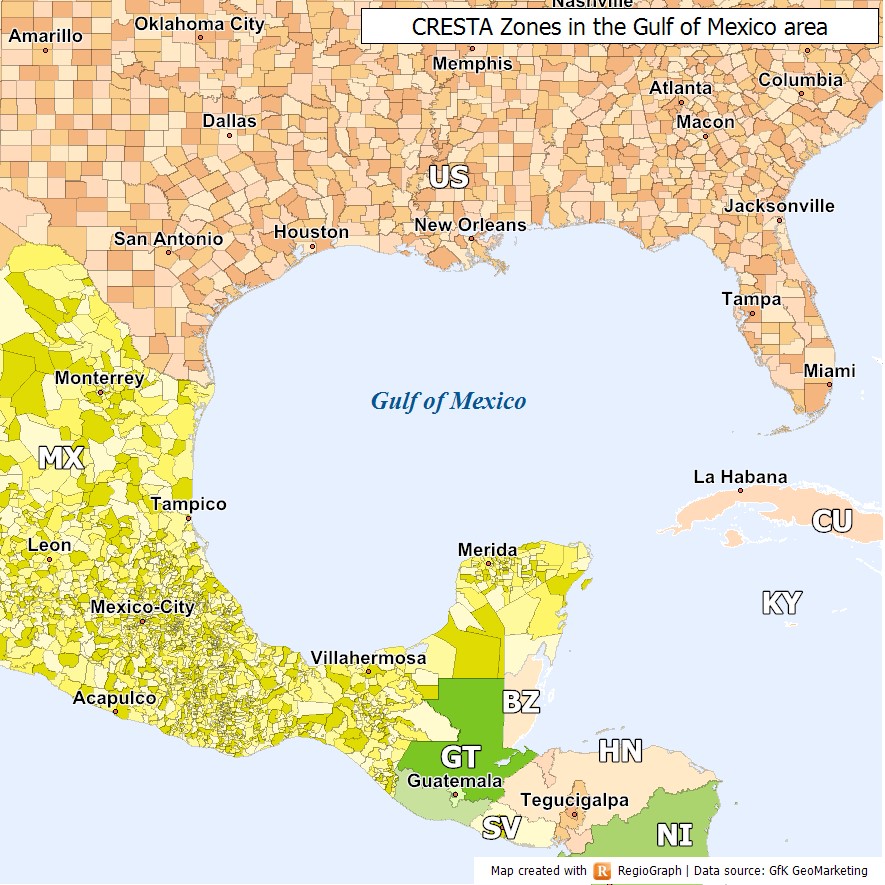
The United States-based tech giant, Google, confirmed the change in an official statement issued on February 9. The company explained that the Gulf would be updated in its digital mapping system, reflecting the US Geographic Names Information System’s (USGS) official revision. The update also comes in line with Google’s standard practice of adjusting names based on governmental and legal changes.
For users in the U.S., the renaming is now evident—those who access Google Maps and scroll over the Gulf will see the new name “Gulf of America” in place of the traditional “Gulf of Mexico.” However, for users in other countries, the name change is more nuanced. In the UK and other international markets, the Gulf now appears under both names: “Gulf of Mexico (Gulf of America).” In contrast, for users in Mexico, the traditional “Gulf of Mexico” remains unchanged.
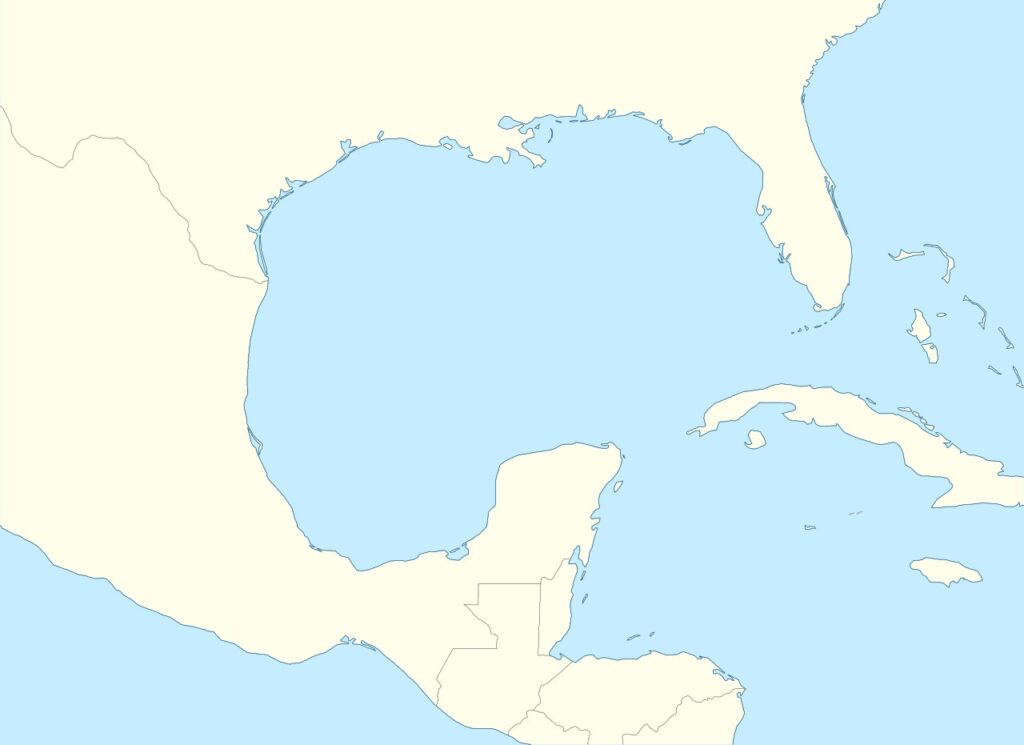
Mexico’s Legal Challenge and Diplomatic Concerns
Mexico has strongly opposed the name change, arguing that it violates international agreements. According to Mexico’s President, Claudia Sheinbaum, the U.S. cannot unilaterally change the name of a body of water that is shared by several countries, especially when the United Nations Convention on the Law of the Sea (UNCLOS) comes into play. The convention clearly states that a country’s territorial waters extend only up to 12 nautical miles (approximately 22 kilometers) from its coastline. Beyond this zone, waters are considered shared spaces, governed by international agreements.
“Changing the name of a body of water that belongs to multiple nations goes beyond any country’s legal jurisdiction,” President Sheinbaum remarked in a statement, emphasizing that the Gulf of Mexico lies outside the exclusive control of the United States.
Sheinbaum further joked about the issue during a press conference, suggesting that perhaps Mexico should rename the continent of North America to “Mexican America” in response to what she called a “disrespectful” move by the U.S. administration.
Trump’s Celebratory Response
Despite the pushback from Mexico, former President Trump appeared undeterred by the international dispute. Taking to his social media platform, Truth Social, Trump celebrated the renaming of the Gulf, posting an image of the newly updated map and declaring: “GULF OF AMERICA!” His supporters praised the move as a long-overdue symbolic gesture in reaffirming American sovereignty over the Gulf.
In a follow-up executive order, Trump also proclaimed February 9 as the inaugural “Gulf of America Day,” encouraging Americans to commemorate the rebranding of this historically significant water body. The holiday is expected to become an annual event, celebrating the U.S. presence in the Gulf region.
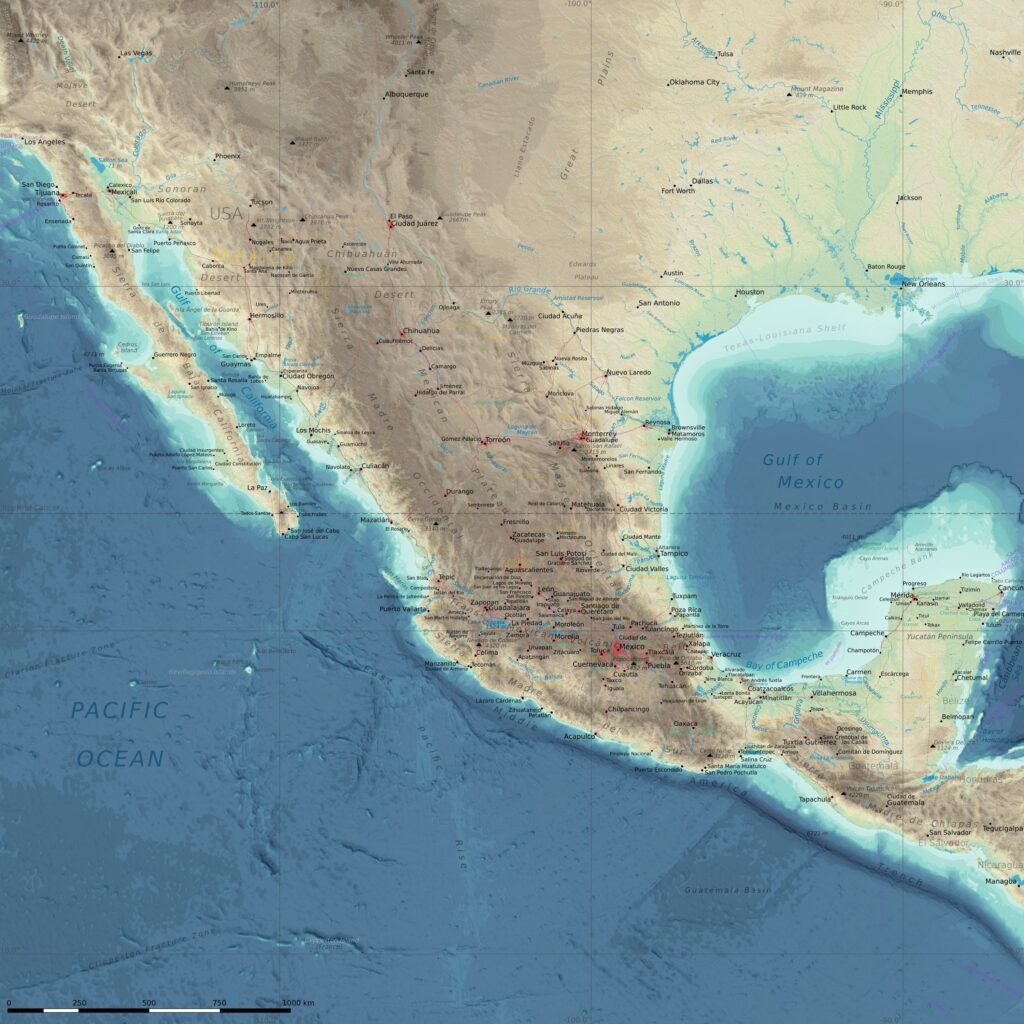
Global Reactions and the Future of Geographic Naming
The debate over the Gulf of Mexico’s new name highlights the ongoing tension between national identity, international law, and the power of technology companies in shaping global perceptions. While the U.S. may continue to use “Gulf of America” in its official maps, the international community, particularly Mexico, remains firm in its stance that the name “Gulf of Mexico” cannot be changed unilaterally.
It remains to be seen how other countries will respond to this shift. Will other international platforms, such as Apple Maps or MapQuest, adopt the same change? Or will these geographic giants follow Mexico’s call for adherence to international law and the preservation of shared geographical names?
For now, as Google rolls out the updates to its mapping service, the world watches closely, knowing that the Gulf’s new name may be just the beginning of a broader conversation on the intersection of geopolitics, technology, and the renaming of historically significant landmarks.






